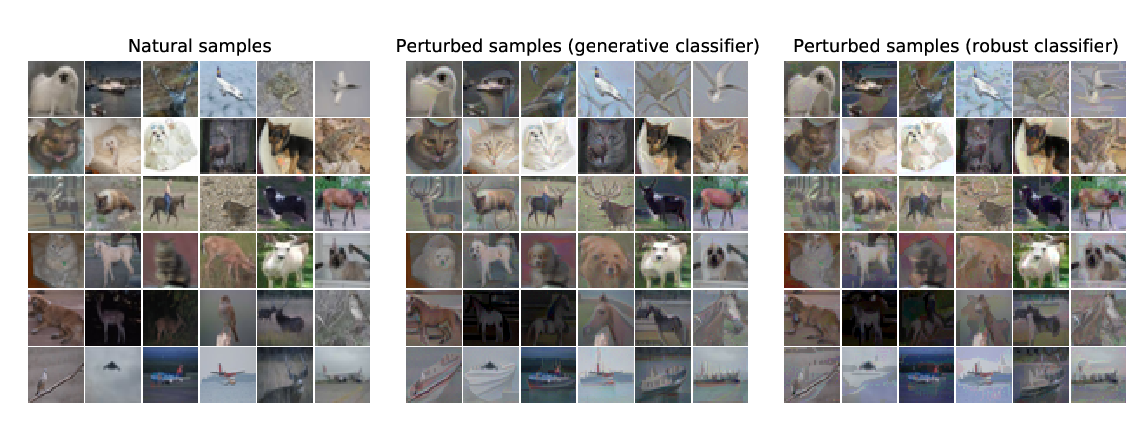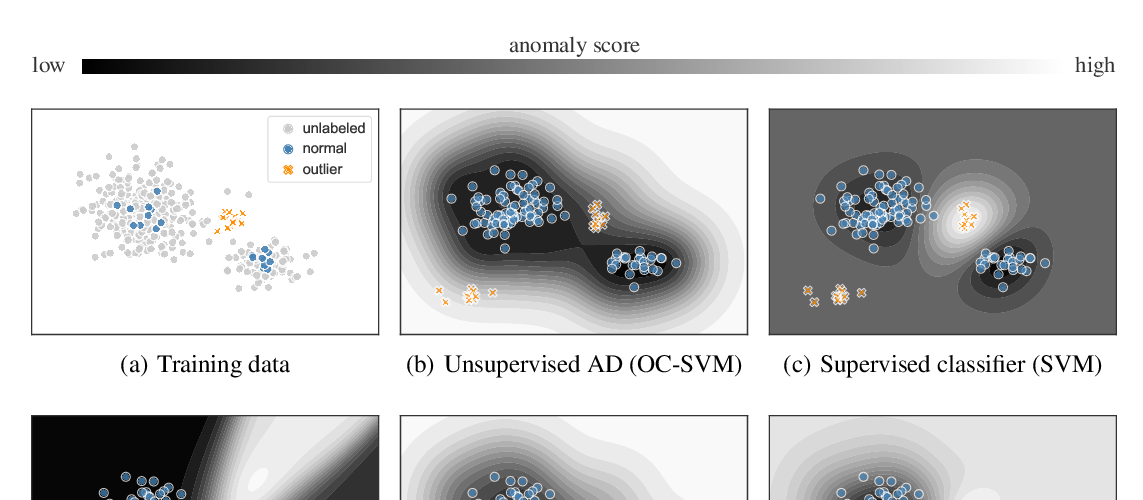Abstract:
Outlier detection and novelty detection are two important topics for anomaly detection. Suppose the majority of a dataset are drawn from a certain distribution, outlier detection and novelty detection both aim to detect data samples that do not fit the distribution. Outliers refer to data samples within this dataset, while novelties refer to new samples. In the meantime, backdoor poisoning attacks for machine learning models are achieved through injecting poisoning samples into the training dataset, which could be regarded as “outliers” that are intentionally added by attackers. Differential privacy has been proposed to avoid leaking any individual’s information, when aggregated analysis is performed on a given dataset. It is typically achieved by adding random noise, either directly to the input dataset, or to intermediate results of the aggregation mechanism. In this paper, we demonstrate that applying differential privacy could improve the utility of outlier detection and novelty detection, with an extension to detect poisoning samples in backdoor attacks. We first present a theoretical analysis on how differential privacy helps with the detection, and then conduct extensive experiments to validate the effectiveness of differential privacy in improving outlier detection, novelty detection, and backdoor attack detection.


